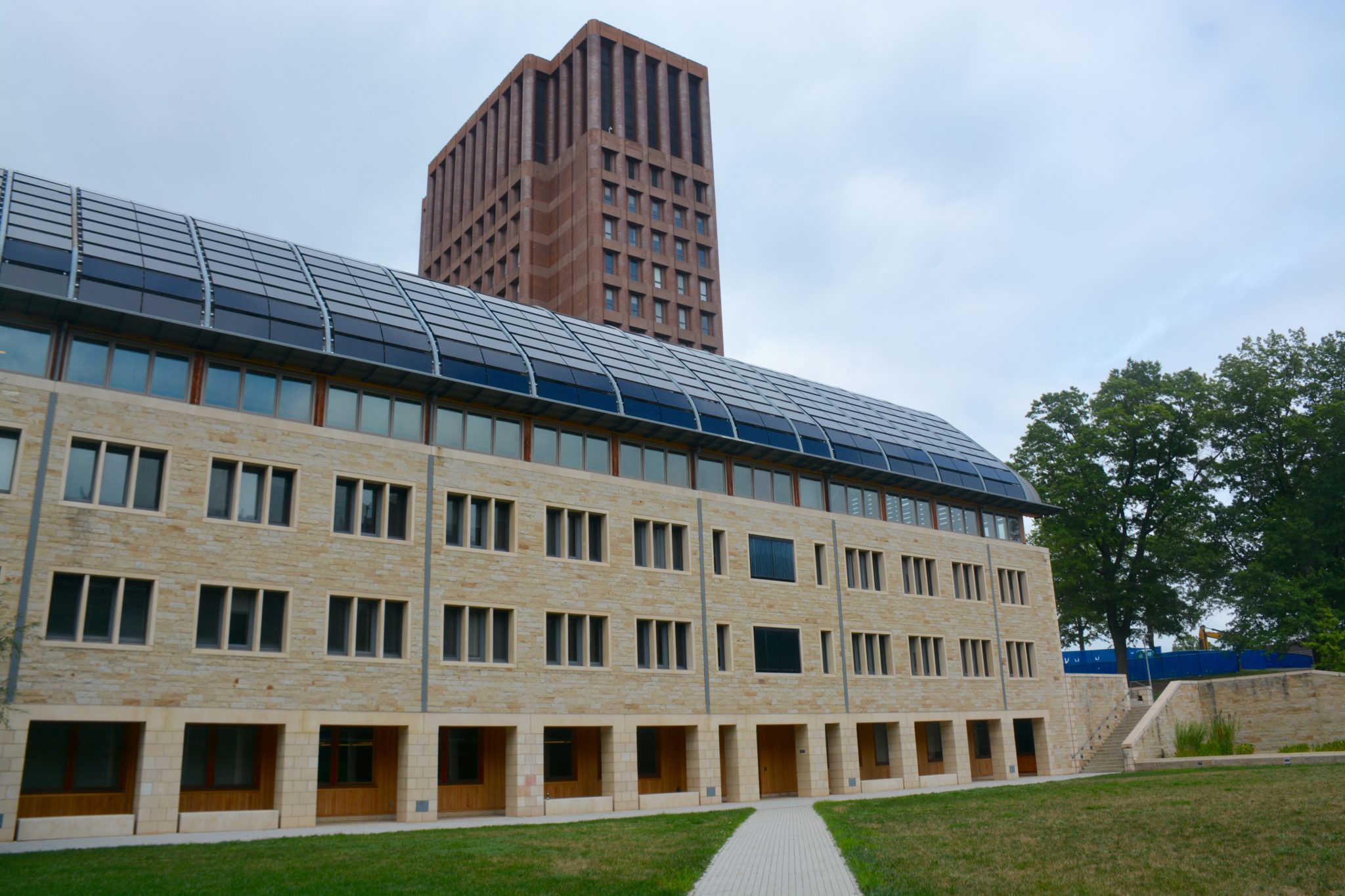
Does the coffee you drink endanger animals in rainforests? Could global warming destroy the Tibetan economy? The Yale Environment Review — a course offered every semester at the Yale School of Forestry & Environmental Studies in which students work on an online publication — attempts to address these questions each term.
“Our writers cover a wide range of environmental issues, from climate and energy through biodiversity conservation to society and public health,” editor-in-chief of the Yale Environmental Review Krisztina Pjeczka FES ’18 said. “Our goal is to translate peer-reviewed environmental research into clear and concise language so that a general audience can also appreciate the implications of the latest findings.”
The publication has a readership of around 2,000 people per month, with 5,600 users having visited the website in the past 90 days, according to Rebecca Lehman FES ’18, the review’s digital marketing manager. She added that the readership spans more than 142 countries and largely comprises people who are connected to current writers, alumni or the authors of the articles being reviewed.
The review currently has a staff of 14 students, each of whom is responsible for writing two reviews of environmental science studies over the course of the semester. The publication was founded in 2011 by Matt Kotchen, a professor at the School of Forestry & Environmental Studies, and has been largely student-run ever since, Pjeczka said.
According to Lehman, students have a great deal of flexibility in the articles they review, as long as the sources are credible and the subject is relevant. She added that the most popular articles are about animals or current events. She offered the example of the article “Carbon aging reveals insights into elephants’ deaths,” which attracted significant attention and is currently listed as the editor’s choice winner on the website.
Pjeczka noted that the level of diversity among the students taking the course contributes to the variety of subject covered by articles, with topics ranging from the reduction of carbon emissions to the impact of fungi and trees on climate change.
The publication is a product of the F&ES 1257 course. A minimum of one article is uploaded to the website per week, according to Lehman. The class is not restricted to students at the graduate school and is open to any Yale student with interest.
Pjeczka and Lehman took the class last year and now have administrative roles within the course — managing the publication and assisting students who currently take the class.
Lehman and Pjeczka are now working to institutionalize the review at Yale by connecting with students within the forestry school, students at other schools and alumni.
“The student leadership has far exceeded my expectations,” Kotchen said. “I always wanted it to be student-centered and -directed, but the way it has been managed and the level of student interest has been really great.”
The class also has had established writers come to speak to students to offer advice and guidance, according to Pjeczka. One such speaker was Elizabeth Kolbert ’83, a Pulitzer Prize winner and a staff writer at The New Yorker.
The staff is currently working to expand its readership.
“We want to make this obtuse scientific reading easier for people to understand,” Lehman said. “And oftentimes, people don’t have access to these journals because there are price locks on them, so we’re trying to communicate this important information to a broader audience.”
The Yale Environmental Review is an elective offered by the forestry school, according to the school’s website. Prospective students can apply to take part in the course at the beginning of the fall and spring semesters.
Madison Mahoney | mahoney.mahoney@yale.edu







